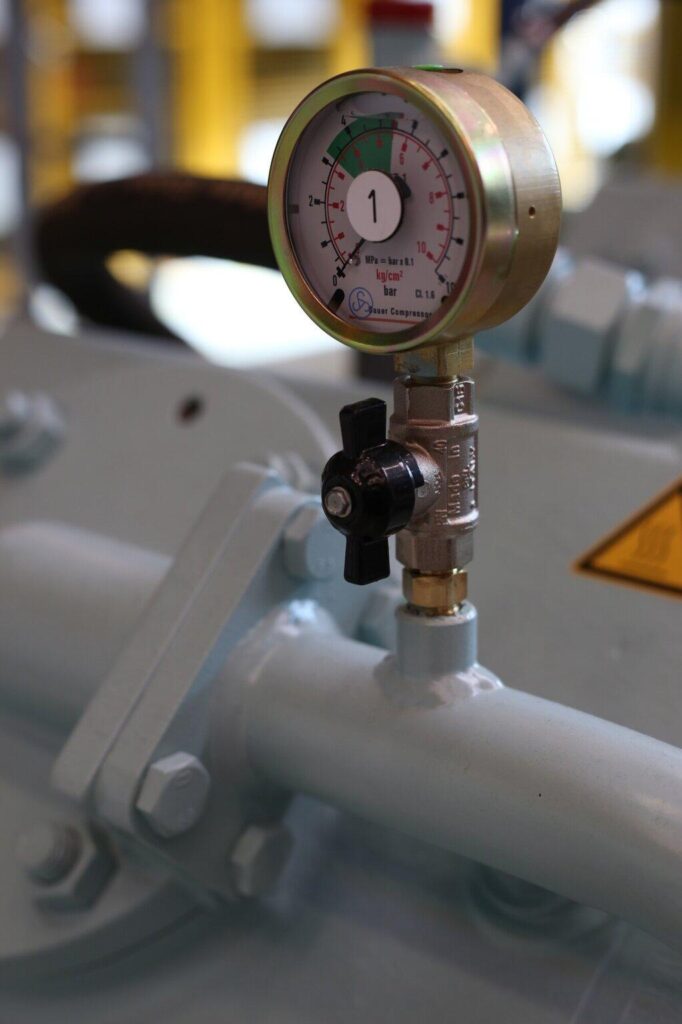Industrial systems depend on reliable controls that keep operations safe and steady. Process valves support this need by regulating flow in different stages of production. These valves handle pressure changes with ease and help maintain product quality.
Many facilities use them daily to manage liquids, gases, and slurries. Their functions support smooth plant performance and long-term efficiency. Understanding each type helps teams choose the right fit for specific tasks.
Explore the options below to see how process valves support better workflow across industries.
Gate Valves
Gate valves use a simple sliding plate to control flow. The design works well for full open or full close operations. Many plants use these valves in systems that need minimal flow resistance. They serve well in pipelines that transport water, oil, or non-corrosive fluids.
Their structure keeps pressure drops low and improves system stability. Some facilities choose gate valves when selecting the right process valves for general flow control.
Globe Valves
Globe valves manage flow with a movable disc and seat. The shape allows accurate throttling for various applications. Many systems use them when precise adjustments are needed.
Their structure supports consistent flow regulation and smooth operation. These valves are common in cooling lines, fuel systems, and chemical processing. Their strong shutoff capability makes them dependable for sensitive operations.
Ball Valves
Ball valves operate with a rotating ball that aligns with the flow path. Their quick turn movement makes them easy to use. Many industries rely on them for efficient shutoff. They work well in high pressure and high temperature environments.
Their low maintenance design helps reduce downtime. These valves provide reliable performance across many industrial sectors.
Butterfly Valves
Butterfly valves use a rotating disc to control flow. They suit large pipe systems due to their lightweight design. Many facilities use them for water supply, HVAC, and ventilation systems.
Their simple structure allows fast operation and easy installation. They work well in low pressure and moderate pressure lines. Their efficiency supports cost-effective flow management.
Check Valves
Check valves prevent backflow in pipelines. They open when fluid moves forward and close when flow reverses. Their automatic action protects pumps and equipment from damage.
Many plants use them in water lines, chemical systems, and gas pipelines. They help maintain directional flow without manual control. Their role supports system safety and consistency.
Diaphragm Valves
Diaphragm valves use a flexible membrane to regulate flow. They support clean processing environments that require contamination control. Many industries choose them for food production, pharmaceuticals, and water treatment.
The design keeps the working parts separate from the fluid. This feature reduces risks and ensures steady performance. They work well in systems that handle corrosive or abrasive materials.
Plug Valves
Plug valves use a cylindrical or tapered plug to control flow. Their simple rotation makes them easy to operate in tight spaces. Many plants use them for systems that handle gas or low viscosity liquids.
Their design supports quick shutoff and steady flow control. These valves work well in pipelines that need frequent cycling. Their durability helps maintain reliable performance in demanding environments.
Explore Different Types of Process Valves
Different process valves support different functions in industrial settings. Each type offers strengths that match specific flow conditions.
Choosing the right design improves system performance and safety. A clear understanding of each valve helps teams build better and more efficient operations.
For more topics, check our blog. We do have more!






